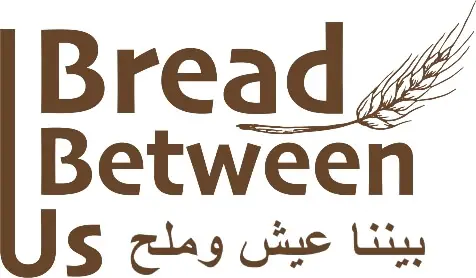| Bread holds a central place on the Jazan table, a faithful companion to ghee and an essential for enjoying the region’s delicious side dishes. It graces nearly every meal, making it a staple that Jazan’s people have always kept close at hand. Traditionally, there was no faster way to have fresh bread than by baking it directly on a athafi (Three large, smooth stones are arranged to form a cooking setup where firewood is burned down to embers beneath them. These stones serve as supports for pots used in cooking and as a baking surface; dough is pressed directly onto the hot stones, allowing it to bake to perfection), while the main dish simmered nearby. Once cooked, the hot bread discs were removed from the athafi stone and served immediately. To make athafi bread, flour is kneaded with oil, water, and a pinch of salt into a smooth dough. Portions of the dough are then spread onto the hot athafi, covered with banana leaves, and left to bake, resulting in a fresh, warm bread that complements any dish. In earlier times, particularly in Fifa Governorate, families in Jazan prepared athafi bread daily during Ramadan, serving it with ghee, milk, honey, or alongside other dishes. With the shift to modern ovens and stoves, however, athafi bread has become a rarity in Jazan, gradually fading from daily use as traditional athafi cooking practices have given way to modern methods. |
